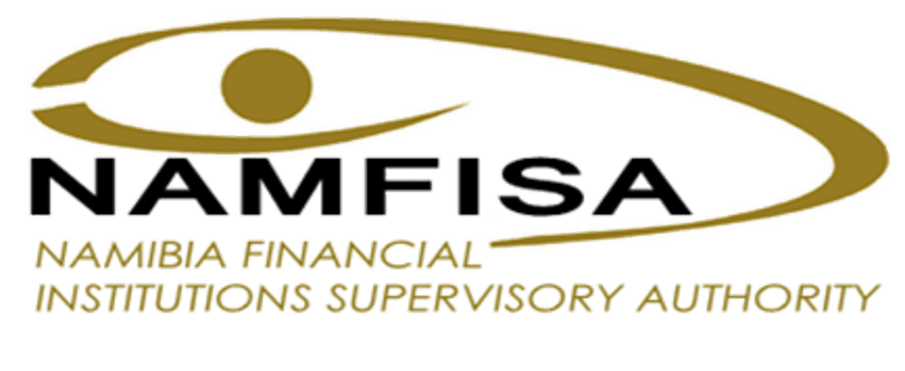Access to finance refers to the availability of financial services – in the form of deposits, credit, payments, or insurance – to individuals or enterprises. The availability of such services can be constrained for instance by physical access, affordability or eligibility.
In Africa, on average, less than 20 percent of households have access to for-mal financial services, with low population densities, poor transport and limited communications infrastructure contributing to a lack of supply in extensive regions of the continent. Even where such services are available, low-income individuals and small and medium businesses may have difficulty in meeting eligibility criteria such as strict documentation requirements or the ability to provide collateral.
Those able to meet such demands may find they are still excluded from formal financial services by cost barriers, in the form of high transaction fees or sub-stantial minimum requirements for savings balances or loan amounts.
Lowering these barriers to access and offering suitable financial products can allow households and small businesses to maximize the leverage of their sav-ings or earnings for increased productivity, contributing to higher incomes, job-creation and, ultimately, growth.
Typically, four aspects of access to finance can be distinguished: informal fi-nance, microfinance, finance for small and medium enterprises (SMEs) and mobile banking.
Informal finance refers to services that are unregulated by central banks or other supervisory authorities. This type of financing is generally not arranged through formal agreements and is not enforced through the legal system. In-formal lending and savings schemes are very common in Africa, particularly among the financially excluded or those on low incomes.
Microfinance covers the provision of a range of financial services to low in-come households, including loans, savings, money transfers and insurance. Although microfinance still has low penetration rates in Africa as a whole, re-search shows microfinance is growing rapidly. In 2007 more than 14 million people in Sub-Saharan Africa used microfinance institutions to help to meet their financial needs.
Mobile banking refers to the use of mobile phones for transferring money and accessing other banking services, such as balance inquiries. About four in ten Africans have a mobile phone and increasing numbers are using them for financial transactions. Progress in mobile communications technology and encryption systems has changed the economics of financial service provision, particularly in remote areas, rapidly expanding the number of people able to access these services.
SME financing denotes financial services for small and medium-sized enter-prises. Access to loans, leasing, trade credit and other forms of finance can be effective in supporting the growth of these small and medium-scale businesses and increasing output. The SME sector, which makes a significant contribution to the national economies of many African countries, is increasingly becoming a focus of attention for development stakeholders interested in market-based methods of encouraging economic development and fighting poverty.
Sources:
Access to Finance Thematic, from the Making Finance Work For Africa (MFW4A): http://www.mfw4a.org/access-to-finance/access-to-finance.html
